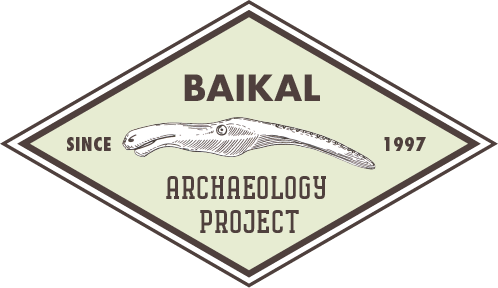This study is based on the reassessment and correlation of five pollen records from the upper Western Dvina River region. For the most complete record (Korovinskoe Mire; 56°16′N, 31°20′E) we constructed a Bayesian age-depth model to provide robust chronological control for the reconstructed changes in the regional environments and to facilitate interregional comparisons. The results show that the Holocene Thermal Maximum in the study region (ca. 8600–6900 cal BP) started and ended some centuries earlier than suggested for the neighboring Baltic region (ca. 8100–5600 cal BP). The spruce (Picea) pollen records corroborate other palaeobotanical records from the wider region indicating a relatively dry early and middle Holocene and cooler/wetter conditions after ca. 5400 cal BP. Local initial opening of forests by Neolithic populations is indicated by 7600 cal BP and a stepwise intensification of forest clearance is registered from ca. 4200/3700 and ca. 1400–1000 cal BP. There is evidence for an asynchronous pattern of human impact during the early period of occupation prior to ca. 4000 cal BP, which can be explained by a low density and uneven distribution of prehistoric hunter-fisher-gatherer populations. Although single Cerealia-type pollen grains are registered as early as ca. 6700 cal BP, intensive cultivation of cereals in the study region probably did not occur before ca. 1400 cal BP, i.e. much later than suggested for the Baltic states, Poland, and Belarus.


